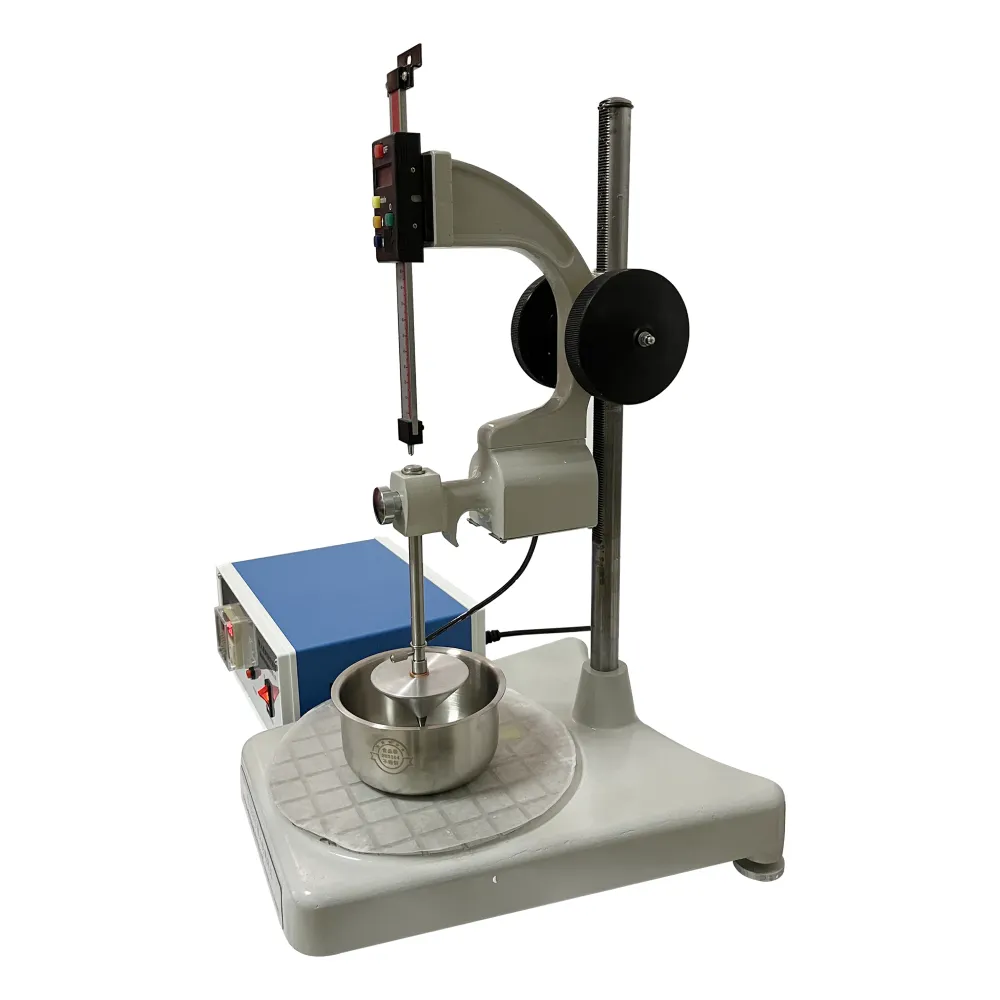 English
English


Turn ratio gauge for measuring and analyzing the efficiency of mechanical systems.
Turn ratio meter is a measuring instrument used in power transformer testing to determine the turn ratio between the primary and secondary windings of the transformer. This ratio is critical in ensuring the transformer functions properly and efficiently.
The turn ratio meter works by applying an AC voltage to the primary winding of the transformer while measuring the induced voltage in the secondary winding. By comparing the two voltages, the turn ratio can be calculated, which helps in verifying the transformer's performance and detecting any faults or issues.
One of the main advantages of using a turn ratio meter is its ability to detect shorted turns in the transformer windings. Shorted turns can significantly affect the performance of the transformer and may lead to overheating, reduced efficiency, and even failure. By accurately measuring the turn ratio, any abnormalities in the winding can be identified and addressed promptly.
turn ratio meter

In addition to detecting faults, the turn ratio meter is also useful in verifying the transformer's specifications and ensuring that it meets the required standards. By comparing the measured turn ratio with the manufacturer's specifications, it can be determined if the transformer is functioning within the expected parameters.
Regular testing of the transformer's turn ratio is recommended to monitor its condition and performance over time. This can help in identifying potential issues before they escalate and result in costly repairs or downtime.
Overall, the turn ratio meter plays a crucial role in ensuring the reliability and efficiency of power transformers. By accurately measuring the turn ratio, it helps in detecting faults, verifying specifications, and monitoring the transformer's performance. Regular testing with a turn ratio meter can help in prolonging the life of the transformer and minimizing the risk of unexpected failures.
-
Differences between open cup flash point tester and closed cup flash point testerNewsOct.31,2024
-
The Reliable Load Tap ChangerNewsOct.23,2024
-
The Essential Guide to Hipot TestersNewsOct.23,2024
-
The Digital Insulation TesterNewsOct.23,2024
-
The Best Earth Loop Impedance Tester for SaleNewsOct.23,2024
-
Tan Delta Tester--The Essential Tool for Electrical Insulation TestingNewsOct.23,2024





